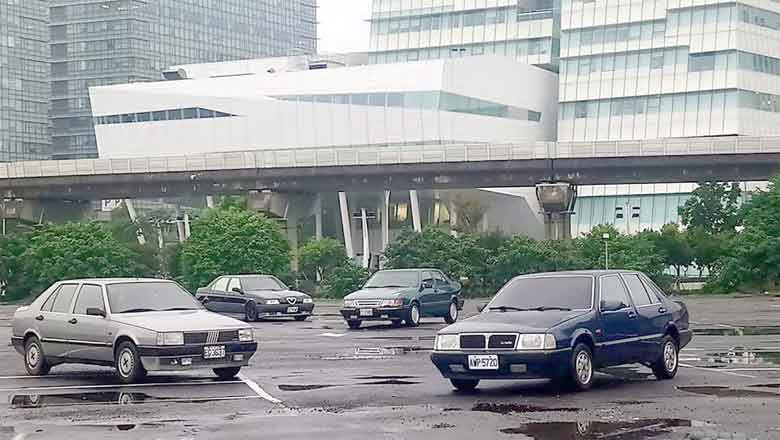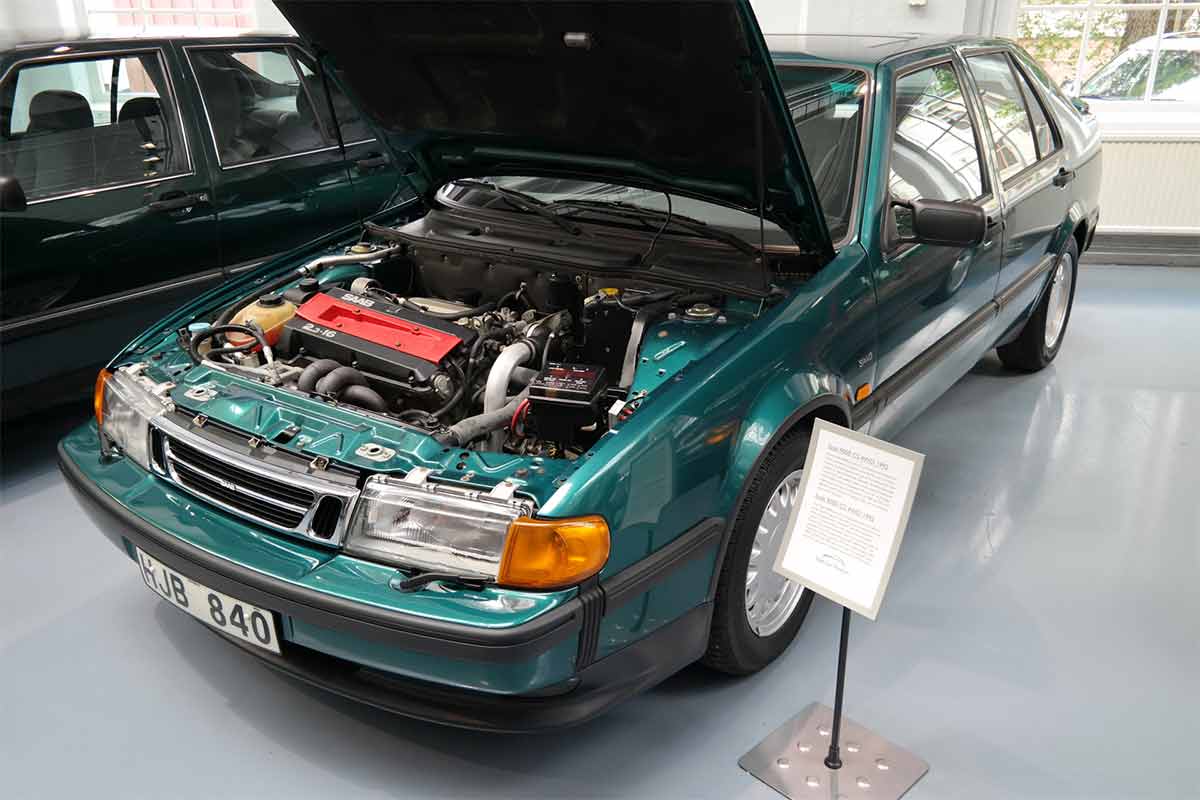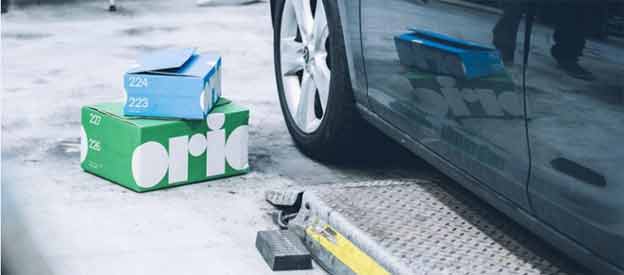In the world of automotive history, the Saab 9000 CS 4WD stands out as a testament to Saab’s ingenuity and ambitious engineering. This vehicle, despite its potential, never made it to full production.
The story of the Saab 9000 CS 4WD 1992 is one of innovation, collaboration, and ultimately, corporate decisions that halted its journey. This article delves into the fascinating details of this model, enriched with insights from its development history and Saab’s earlier experiments with four-wheel drive technology.
Table of Contents
The Collaborative Genesis of the Saab 9000
The Saab 9000 CS 4WD was born out of the Type Four platform, a collaborative effort between Saab, Fiat, Lancia, and Alfa Romeo. This partnership aimed to produce a series of executive cars that could compete with the likes of Audi, BMW, and Mercedes.

The Saab 9000, launched in the mid-1980s, was designed by Italdesign’s Giorgetto Giugiaro, who created a versatile hatchback while Lancia developed a traditional sedan, the Thema. This collaboration allowed Saab to share development costs and technological innovations, making the 9000 a sophisticated and spacious vehicle that set new standards in its class.
Advanced Four-Wheel Drive System
The Saab 9000 CS 4WD was a step forward in automotive engineering, featuring an advanced four-wheel-drive system. Unlike its front-wheel-drive counterparts, this model was equipped with a five-speed manual transmission connected to a transfer case, distributing power to the rear axle via a driveshaft.
The power distribution between the front and rear axles was managed by a torquesensing Quaife differential, ensuring optimal traction and stability under various driving conditions. This system was a significant upgrade, aimed at enhancing the vehicle’s performance in challenging environments .
Powerful and Efficient Engine
Under the hood, the Saab 9000 CS 4WD housed a heavily updated 2.3-liter turbo engine. This engine was capable of producing an impressive 280 horsepower and 400 Newton-meters of torque. These specifications promised a dynamic driving experience, characterized by strong acceleration and responsive handling. The combination of the powerful engine and advanced 4WD system made the Saab 9000 CS a potential game-changer in its segment.
The Saab 9000 CS 4WD test vehicles, equipped with a 5-speed manual gearbox and a newly developed rear axle by Saab, demonstrated exceptional traction, particularly on snow and ice. However, the development was halted. This decision was influenced by GM’s preference for the Opel Calibra 4×4, a simpler all-wheel-drive model viewed as a sporty highlight and image bearer within the GM group. Saab, allegedly voluntarily, stepped back, which is now considered a mistake. The Saab 9000 CS 4WD, with its permanent all-wheel drive and turbocharged 280-285 hp, would have rivaled the emerging Audi brand, but Saab refrained from challenging GM’s priorities.
Early Experiments with Four-Wheel Drive
Saab’s experimentation with four-wheel drive technology dates back to the early 1980s, nearly a decade before the development of the 9000 CS 4WD. One of the notable early projects was the Saab 900 Turbo 4×4, which featured a similar drive system aimed at improving performance and handling. These early experiments laid the groundwork for the more refined and advanced systems seen in later models, including the 9000 CS 4WD.
The Political Roadblock
Despite the promising advancements, the Saab 9000 CS 4WD project was discontinued due to political decisions within GM Europe, Saab’s parent company at the time. The decision to halt the project was not a reflection of the car’s technical capabilities or market potential but rather a strategic move influenced by corporate politics. This decision underscores the complex interplay between innovation and corporate strategy, where promising projects can be shelved due to reasons beyond technical or market considerations.
Legacy and Impact
The Saab 9000 CS 4WD remains a symbol of Saab’s innovative spirit and the brand’s willingness to push the boundaries of automotive engineering. For enthusiasts and historians, this model represents a fascinating “what-if” scenario, illustrating the potential impact it could have had on the market. The advanced features and ambitious design continue to inspire admiration and speculation about what could have been a remarkable addition to Saab’s legacy.
Conclusion
The Saab 9000 CS 4WD 1992 is a remarkable example of Saab’s engineering prowess and innovative spirit. Although it never reached full production, its story provides a captivating glimpse into the challenges and triumphs of automotive development. By exploring its specifications, unique features, and the reasons behind its discontinuation, we gain a deeper appreciation for the complexities of the automotive industry. The Saab 9000 CS 4WD remains an inspiring chapter in Saab’s history, reminding us of the brand’s relentless pursuit of excellence and innovation.












Modellen som troligen räddat saab
inga av deras bilar räddade dem, hade inte gm gått in så hade saab kursat redan när dem tillverkade OG900
Gm stoppade många bra Saab projektet.Är helt övertygad att Gm och dålig ledning sänkte Saab redan från början
som jag sa, saab hade sänkt sig själva om de inte fått hjälp utifrån.
Absolutely no surprise!
OPEL with the Calibra model logically corresponded to the GM mainstream (words from Bob Lutz)!
SAAB was typically exploited by GM from the start 1990 to serve its research purposes, logically wanted to be charged of Swedish expenses!
Nothing new, the same example over and over again:
GM’s only strength is always commercial control.
SAAB was years ahead with the technology and research that GM continued to make full use of until the desired end in 2010/11.
Thanks for finally talking about > The Saab 9000
CS 4WD 1992: Exploring the Advanced All-Wheel-Drive System and Its Untapped
Potential slot JHONBET77